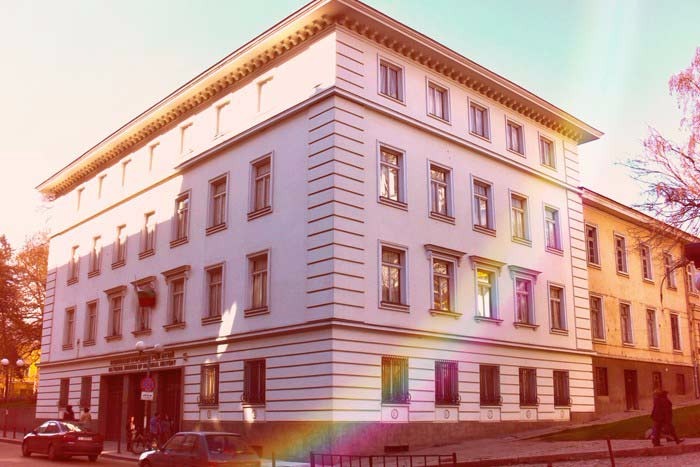City tour Sofia – Ethnographic Institute
If you are interested in the traditional or folkloric life of Bulgaria and the Bulgarians in your city tour Sofia, then the Ethnographic Institute Museum, is the place for you to visit.
The location of the museum is in the building of the former residence in Sofia and it shares it with the National Art Museum.
Establishment of Ethnographic Institute
The Ethnographic Institute was established in 1892 as a part of the National Museum. It became independent under the name of National Ethnographic Museum in 1906 and then it moved to the former royal residence in the year of 1954.
Royal residence itself was also declared cultural monument of Bulgaria in 1978.
For 48 years highly educated specialists had been building the museum on Western European model. For 20 years only they managed to collect an enormous material collection; considered to be the richest and the most diverse on the Balkans.
The museum houses one of the biggest and richest pastoral woodcarving collections. It has about 4,000 items from the life of Bulgarians; typical for the beginning of the 19th century till the middle of the 20th century. Among the exhibits you can see spoons, distaffs, sticks, candlesticks and others.
In the collection we can also see musical instruments, such as pipes, rebecs, bagpipes, etc. in our city tour Sofia.
Spinning wheels, distaffs, cupboards, chairs and a lot more are exhibited in the Ethnographic Institute Museum. Basically, you can get a really good idea about the Bulgarian lifestyle in the past.
One of the most interesting parts of the museum is ecclesiastical fretwork collection from Tryavna, Samokov and Debar schools.
Other interesting collections in the museum are those of painted eggs, ritualistic bread, carpets; also rich are the collection of martenitsas, wedding flags and amulets.





